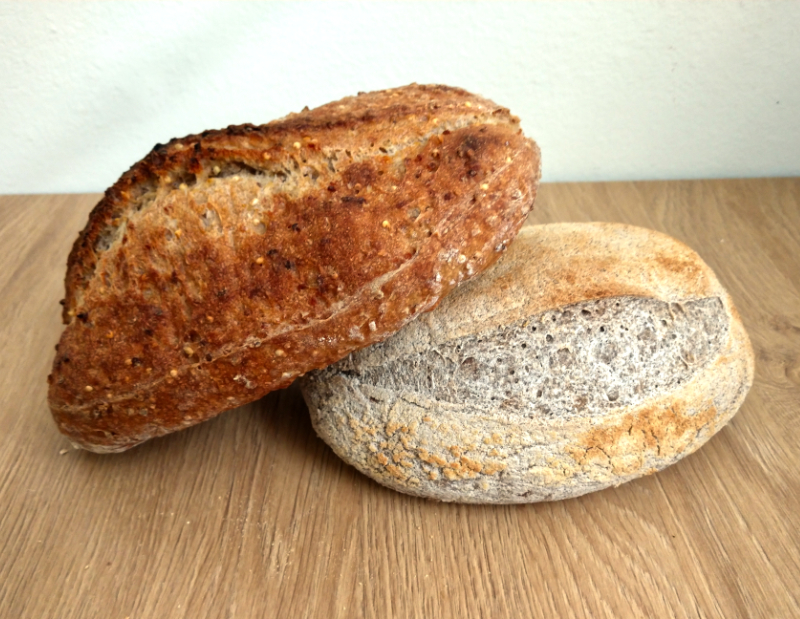The United Nations declared 2023 the International Year of Millets to celebrate and promote these amazing grain varieties.
If you know about millet, it is likely because you are avoiding gluten. Millets, including sorghum millet, are widely used in artisan gluten-free breads, but millets are good for everybody. Most common varieties of millet in the US are sorghum and pearl millet and can be cooked in sweet dishes instead of oats (breakfast porridge), in savory dishes instead of rice or quinoa, or used as flour in baked foods. They are available at many local stores including Sprouts, Lassens, and Winco and probably others I haven’t checked.
There are many benefits to using millets, for the farmer, the land, and not least for us, the consumer.
What are Millets
Millets are a group of small seeded grains domesticated as early as 10,000 years ago. Various millet varieties originate from different parts of the world notably East and South Asia and West and East Africa. From there, millets spread to other parts of the world, partly due to its drought resistance and its ability to grow well and reliably in poor soils.
Good for the Farmer and Good for the Land
With the ongoing climate change threat, millets are a promising cereal to grow as a sustainable food staple as more areas become dryer and less suitable for other grains. What that means is that unlike rice, millets don’t have to be irrigated. No water from underground aquifers or rivers are needed to cultivate millets.
During the green revolution, in many of the traditional millet producing areas, cash crops such as wheat and rice were cultivated in large monocultures. These crops require intensive use of irrigation, pesticides, and fertilizers. While it increased production and helped feed growing populations, it did so for large agro-businesses but was out of reach for small farmers. Additionally, this resource intensive food production is not sustainable in all areas, degrading soils and consequently requiring the application of ever larger amounts of fertilizers and pesticides.
Be part of the International Year of Millets
Growing millets can help farmers with poor soils in water challenged environments to be profitable. But without a demand, there is no incentive for farmers to try a new crop. So help create that demand by adding millet into your diet. And just as with your financial portfolio, diversifying your diet is key. Eat millet.
I will share more next week, including two new millet based sourdough breads to order, that are tasty and pack lots of health benefits. Stay tuned.

